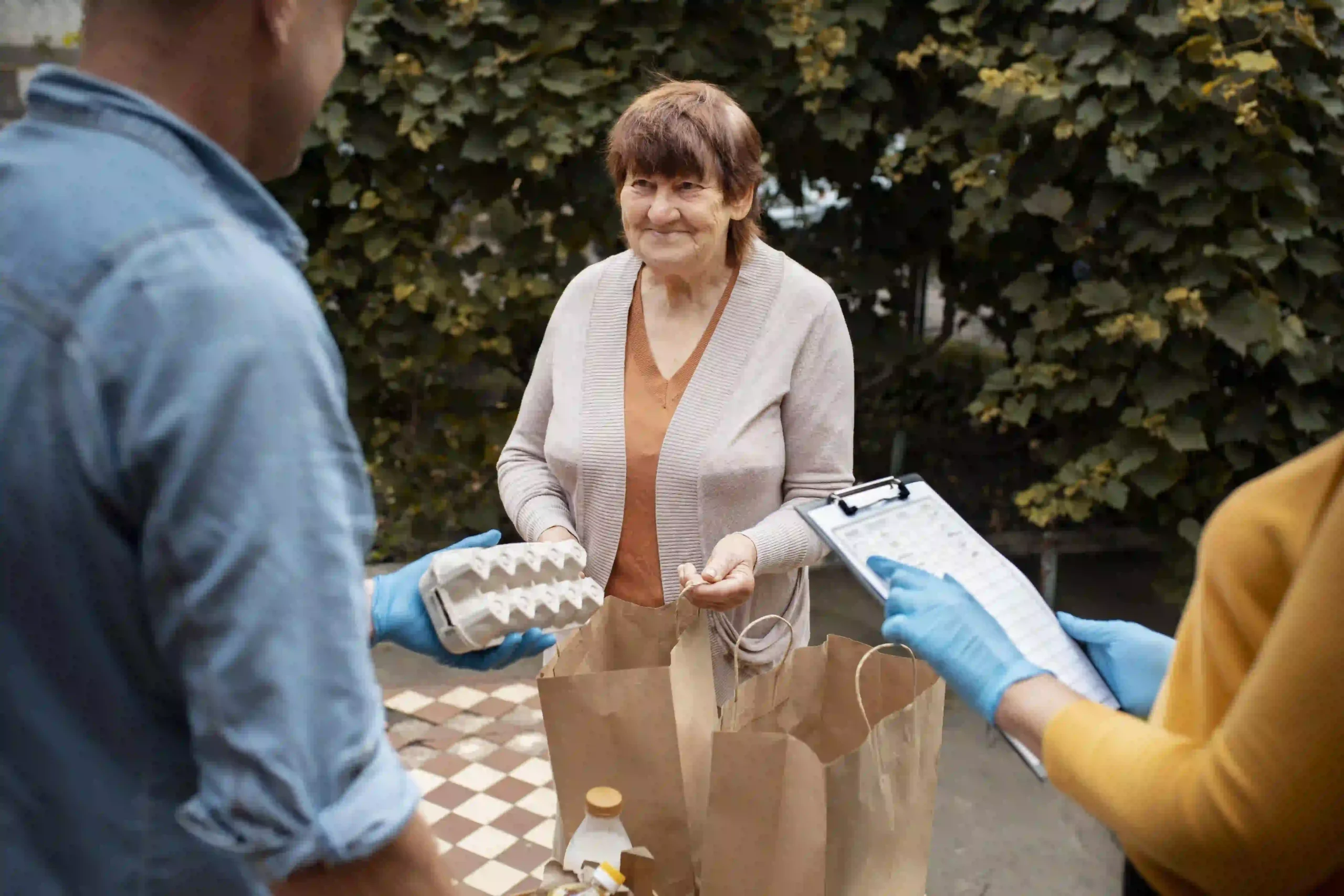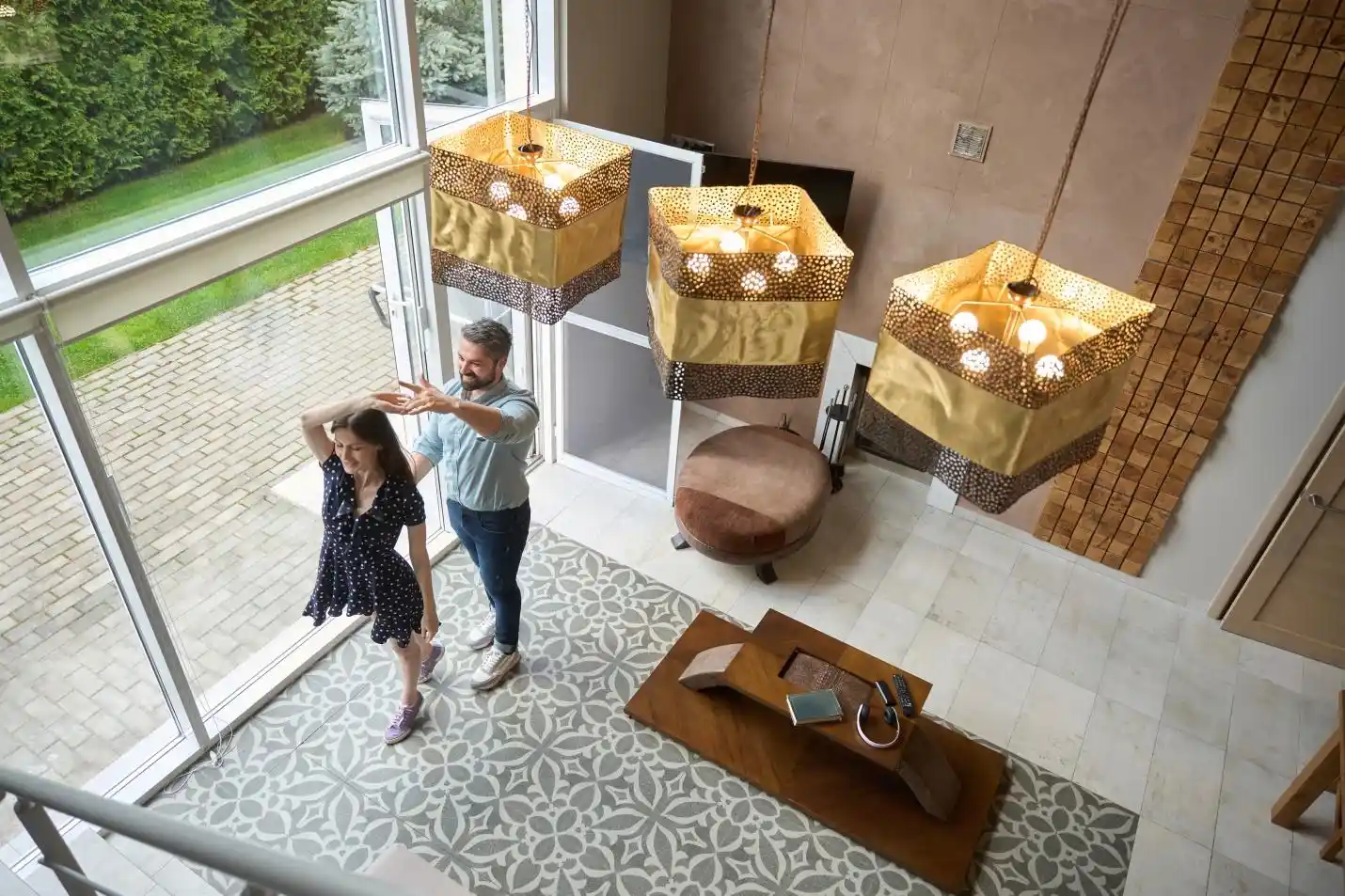Moving to a Senior Community: Expect the Unexpected
Table of Contents
- Understanding Senior Living Communities
- Financial Considerations When Moving
- Physical and Emotional Adjustments
- The Social Aspect of Senior Communities
- Healthcare and Wellness Services
- Preparing for the Move
- Family Dynamics and Communication
- Real-Life Stories and Testimonials
Understanding Senior Living Communities
Both enthusiasm and trepidation accompany the choice to move into a senior community. Communities like senior living in Louisville, KY, offer various options, from independent living to assisted care, tailored to individual needs. This decision means less maintenance and more opportunities for social engagement and healthcare access, turning the potential stresses of home upkeep into vibrant living.
Beyond the logistical aspects, these communities provide diverse activities, from art classes to book clubs, to enhance intellectual and social satisfaction. Residents engage in activities stimulating the mind and creating a sense of purpose and belonging.
Financial Considerations When Moving
Financial planning is crucial when considering a move to a senior community. Costs may differ significantly depending on the community and level of care. It’s essential to understand the pricing structure, including what services are included in the base cost and what may incur additional fees.
Exploring financial planning for older adults can guide them in managing expenses related to senior living. Whether through savings, insurance, or financial assistance programs, proper planning can ease this significant life transition. Making informed decisions about financial resources ensures seniors enjoy their new lifestyle without undue financial stress.
Physical and Emotional Adjustments
Adjusting to new surroundings inevitably brings physical and emotional challenges. These communities are prepared to support residents in adapting physically to facilities designed for mobility and accessibility. The transition often involves utilizing mobility devices or adopting new routines encouraging physical activity and wellness.
Emotionally, the transition can stir feelings of nostalgia and uncertainty. However, having a supportive community environment and engaging in available activities can ease these feelings. Professional counseling and peer support groups are also beneficial for coping with significant lifestyle changes. By addressing these emotional shifts, residents can embrace their new home with confidence and optimism.
The Social Aspect of Senior Communities
A key advantage of senior communities is the built-in social network. Regular interaction with other residents, through structured social events or casual get-togethers, is crucial for psychological well-being. Clubs and activities not only provide entertainment but also deepen connections among residents.
The benefits of socializing for longevity include reduced stress and improved mental health, highlighting the significant impact of maintaining an active social life in later years. Whether participating in a gardening club or attending movie nights, the opportunity to form meaningful relationships can significantly enhance the quality of daily living.
Healthcare and Wellness Services
Healthcare in senior communities is comprehensive, with on-site medical staff and emergency services. Regular health check-ups and wellness programs, whether yoga classes or nutritional guidance, are part of the holistic approach to aging gracefully.
Such services ensure immediate medical attention and preventive care measures that enhance residents’ quality of life. Access to healthcare professionals allows for personalized care, enabling residents to manage their health proactively and efficiently.
Preparing for the Move
Preparation is an essential step. Starting with a structured approach, such as a checklist, can simplify the process considerably. Focusing on what adds value to your new lifestyle rather than clutter is essential. Thoughtful preparation alleviates the stress associated with relocating and ensures a seamless transition.
Prioritize personal and sentimental items to bring, and donate or sell items that are no longer necessary. This strategy ensures a smooth transition and creates a comfortable living environment in your new home. Emphasizing personal comfort and essentials makes the new environment feel like home more quickly.
Family Dynamics and Communication
Moving affects family dynamics, often shifting the nature of interactions. Enhanced independence for seniors can alter caregiving roles within a family. To handle these changes, keeping lines of communication open is critical. Discussion about new routines and expectations can strengthen family bonds.
Regular updates and visits can strengthen these bonds, allowing family members to stay connected and supportive through this new chapter. By fostering an environment of open communication, families can navigate these changes together, ensuring that everyone’s needs are met.
Real-Life Stories and Testimonials
Hearing success stories from current residents can provide reassurance and inspiration. These testimonials highlight personal experiences, bringing visibility to the sense of community and satisfaction others have found. Shared stories are powerful, as they offer a glimpse into daily life in a senior community and the unexpected joys of such a transition.
It is recommended that potential residents tour several neighborhoods, interact with existing residents, and take part in community events. This firsthand experience can offer a more comprehensive view and aid in decision-making. By immersing themselves in the potential community environment, seniors can make confident and informed decisions about their future homes.














Post Comment